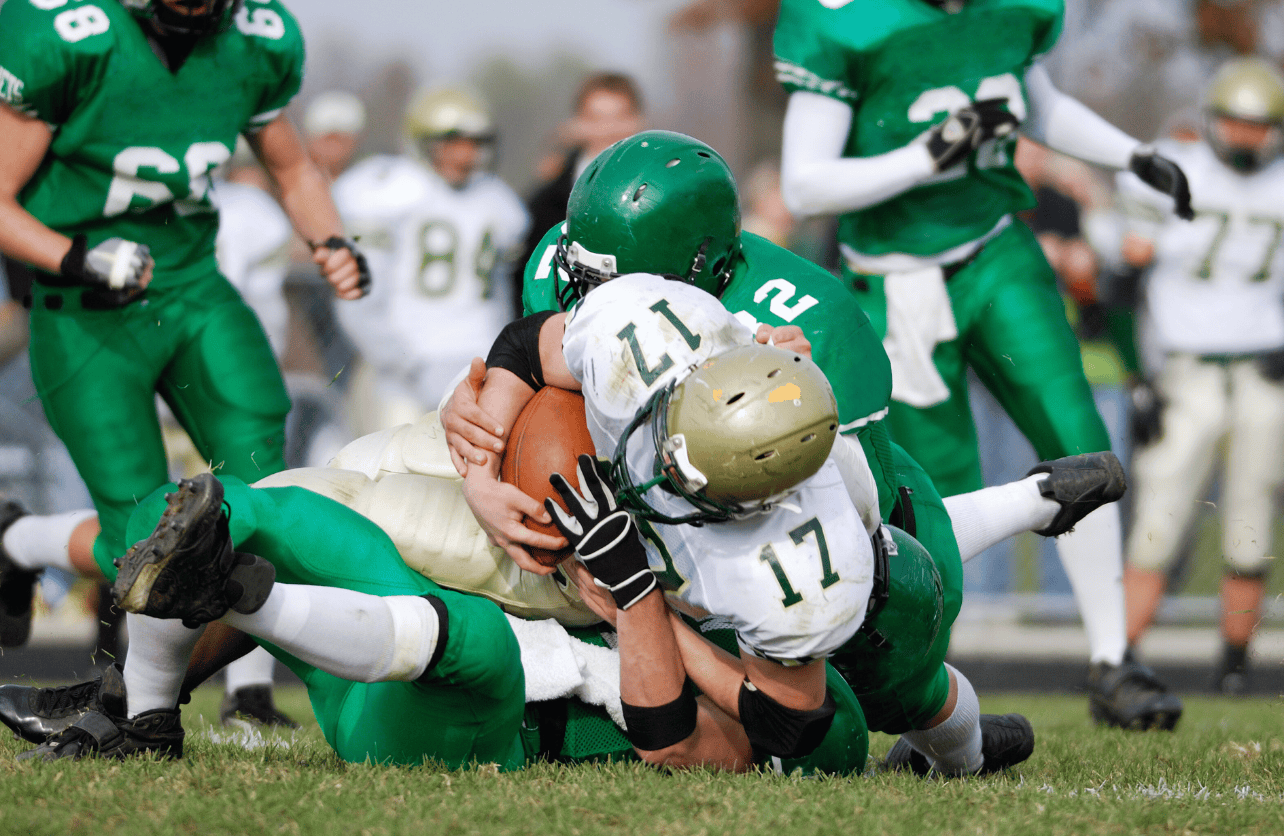The Science of Tackling: How to Hit Hard Without Getting Hurt

Tackling is a crucial component of football, a skill that can change the outcome of a game. However, improper tackling technique is also one of the leading causes of injuries in the sport. Mastering the mechanics behind safe, effective tackling is essential—not just for delivering big hits, but also for protecting yourself and your opponent.
Why Proper Tackling Technique Matters
Effective tackling isn’t just about brute force. It’s about precision, body mechanics, and control. Poor technique increases the risk of concussions, spinal injuries, and other serious conditions. A well-executed tackle, on the other hand, minimizes injury risk and makes you a more reliable defender.
Key Principles of Safe and Effective Tackling
1. Body Positioning and Stance
Everything starts with the stance. A balanced, athletic position—feet shoulder-width apart, knees bent, back straight—sets you up for stability and control. Keep your weight on the balls of your feet and your chest up. This keeps you mobile and ready to adjust as the play unfolds.
2. Head Placement
Perhaps the most critical safety rule is never to lead with your head. Always keep your head up and to the side of the ball carrier. This prevents head and neck injuries and allows better visibility and awareness during the tackle.
3. Shoulder Contact
Instead of making contact with your helmet, use your shoulder to deliver the hit. Aim to strike the target zone—between the shoulders and the waist. This technique reduces the risk of head injuries while maximizing the effectiveness of your tackle.
4. Arm Wrapping
Once contact is made, wrap your arms securely around the ball carrier. Whether it’s around the torso or legs, the wrap ensures the tackle is finished cleanly and limits the chance of the opponent slipping free.
5. Leg Drive and Follow-Through
The tackle doesn’t stop at contact. Continue driving your legs through the ball carrier to complete the play. This helps control the direction and force of the tackle while keeping your body engaged and balanced.
The Shoulder Tackling System
One widely adopted framework for safer tackling is the Shoulder Tackling System, developed in collaboration with the Seattle Seahawks. It breaks down tackling into teachable components:
- Breakdown: Get into a solid, balanced stance.
- Near Foot Placement: Step with the foot closest to the ball carrier.
- Swoop: Lower your hips while keeping the back straight.
- Shoot: Explode through the hips, driving your shoulder into the target zone.
- Wrap and Roll: Wrap the arms and roll through to complete the tackle.
This system emphasizes shoulder-first contact, avoiding helmet-led hits, and has been shown to reduce injury risks significantly.
Rugby-Style Tackling Influence
Another technique gaining popularity is the adoption of rugby-style tackling. Rugby players, who tackle without helmets or pads, focus on shoulder contact and wrapping up the legs. This naturally encourages keeping the head out of the tackle. Implementing similar techniques in football prioritizes safety without sacrificing effectiveness.
Drills to Reinforce Safe Tackling
Consistent practice ensures that proper technique becomes second nature. Key drills include:
- Form Tackling Drills: Repeatedly practice stance, head placement, and shoulder contact.
- Angle Tackling Drills: Teach players how to approach the ball carrier from different angles while maintaining control.
- Wrap and Drive Drills: Reinforce the habit of wrapping up and driving through the tackle to ensure completion.
Final Thoughts
Safe tackling isn’t about being less aggressive—it’s about being smarter and more effective. Whether you’re coaching young athletes or fine-tuning your own game, focusing on proper mechanics reduces injuries and enhances performance. Incorporating techniques like shoulder-first contact, solid stance, and leg drive will make every hit count—without sacrificing safety.
Here’s a video to further clarify things:
Trustworthy Insights for You
With years of combined expertise in online publishing, OvertimeReviews embodies the lessons learned from SEO strategies to paid advertising experiences. We've navigated the highs and lows, and our goal remains clear: to equip readers with comprehensive information they can trust.
